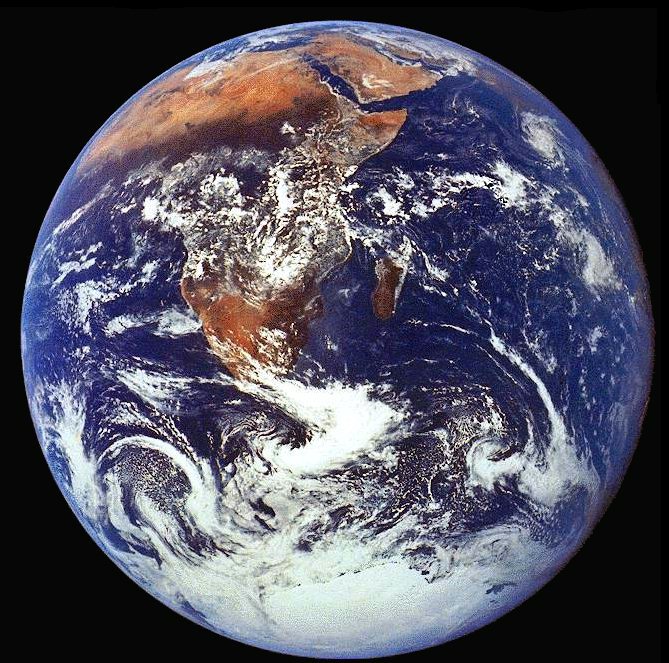
Examples of Large-Scaled Art On Earth

 Goughan Farms Moose Maze |
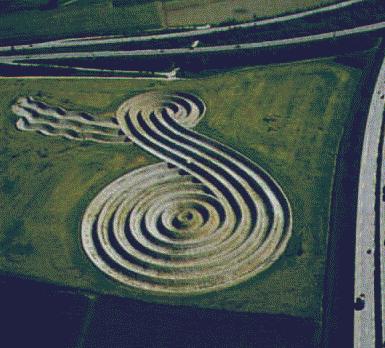 Munich Airport |
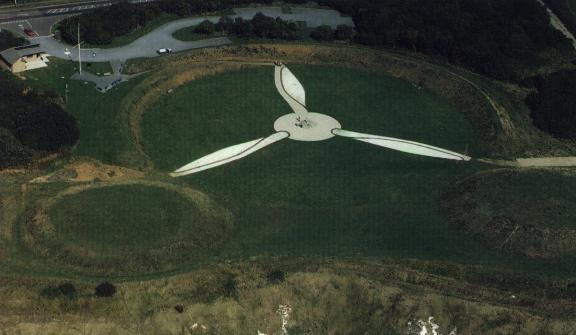 Battle of Britain Memorial |
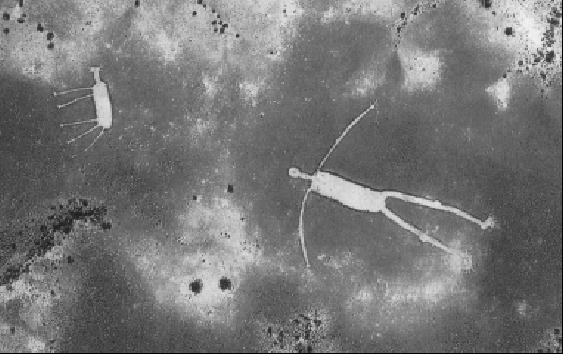 Blythe Intaglios |
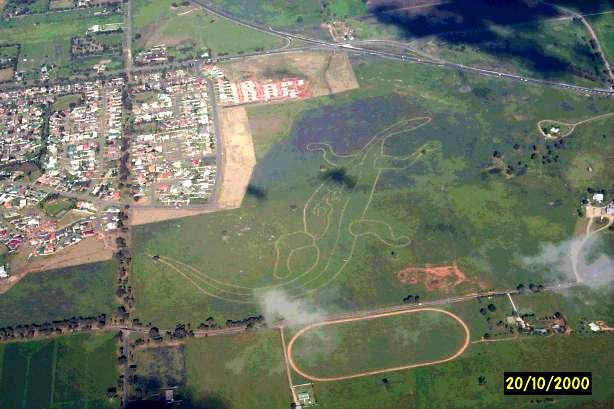 At Charles Sturt University |
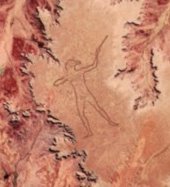 Maree Man |
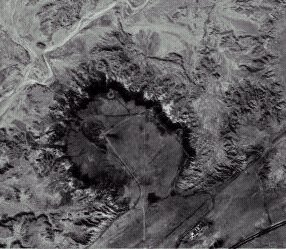 Roden Crater - Courtesy Terraserver |
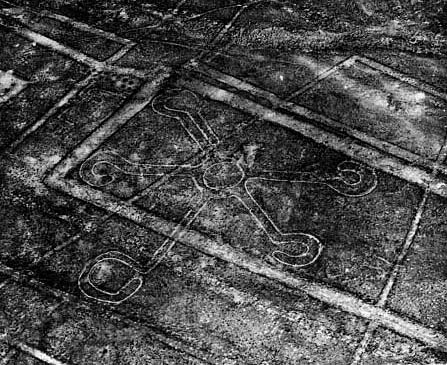
Nazca |
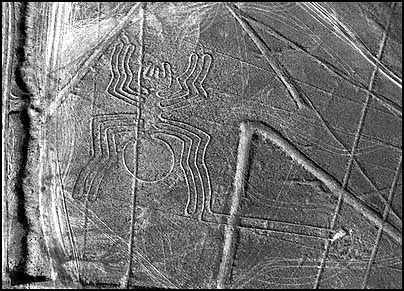
Nazca Photo by Georges Rosset / Geneva |
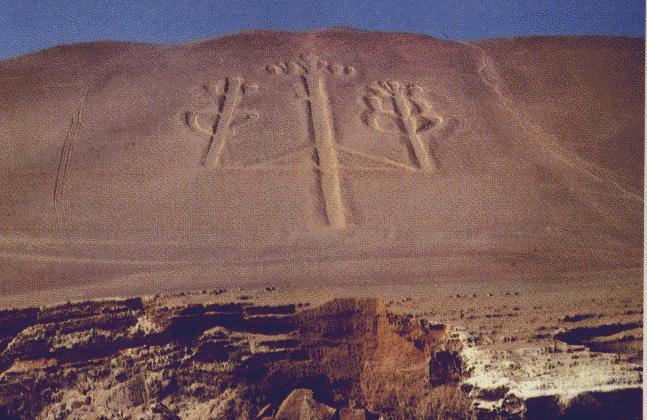 Candelabra of the Andes |
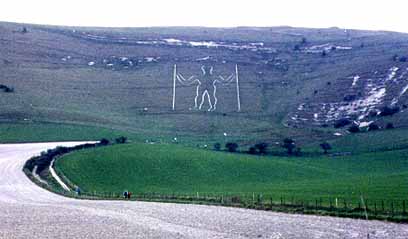
Longman of Wilmington |
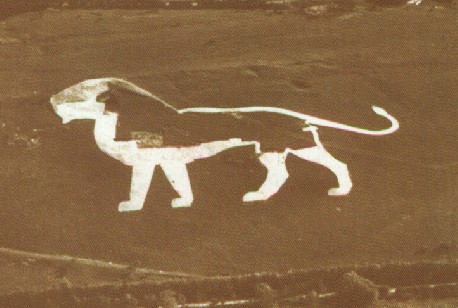
Whipsnake White Lion |
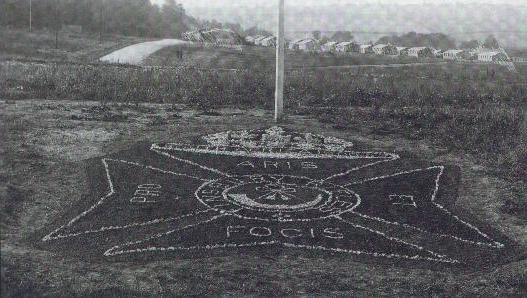
Hurdcott Badge (lost) |
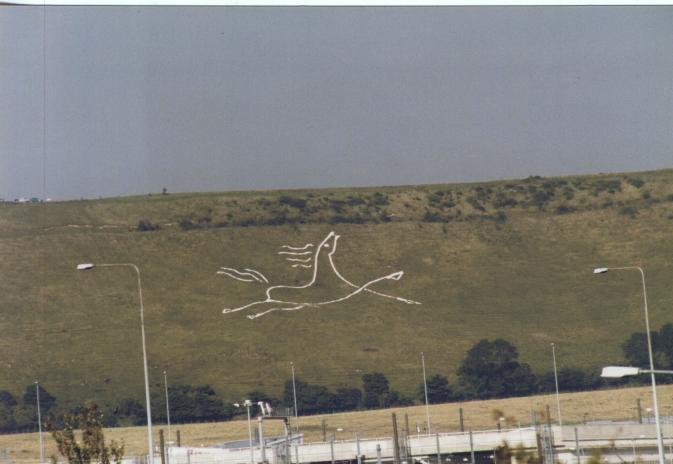
Folkstone White Horse |
 Cambridge Giants (lost))
Cambridge Giants (lost)) |
 The Bull
The Bull |
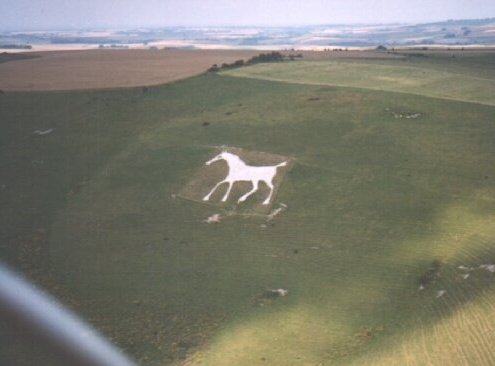
Alton Barnes White Horse |
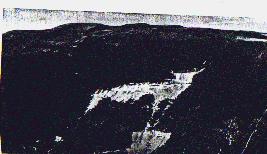
Aberystwyth Stag |

Grey Man |
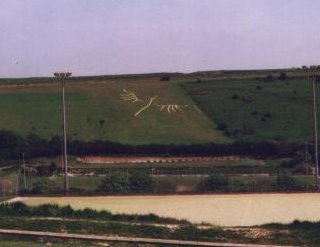
Whitehawk Hawk |
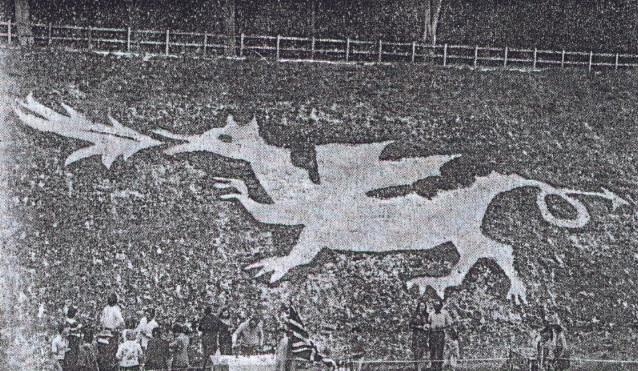
West Clandon Dragon |
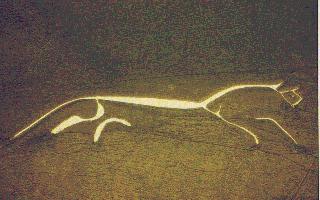
Uffington Horse |
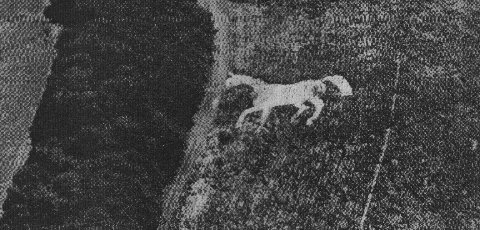 Rockley Horse (lost)
Rockley Horse (lost) |
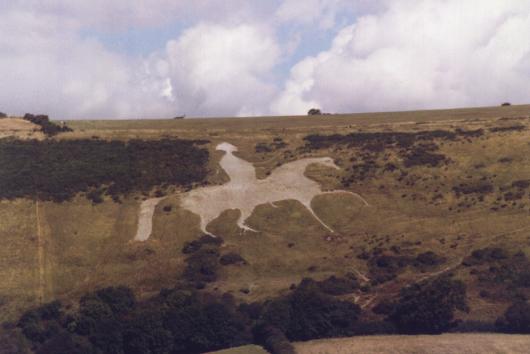 Osmington White Horse
Osmington White Horse |
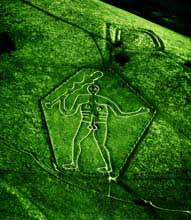
Cerne Abbas Giant |
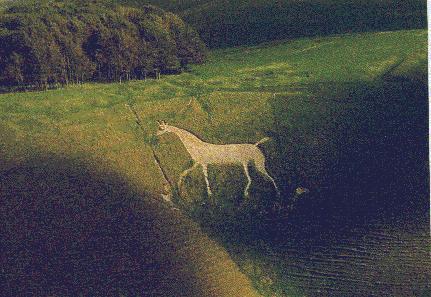
Cherhill White Horse |
 Minnesota Farmer's Art
Minnesota Farmer's Art |
 Mormond White Horse and Stag
Mormond White Horse and Stag |
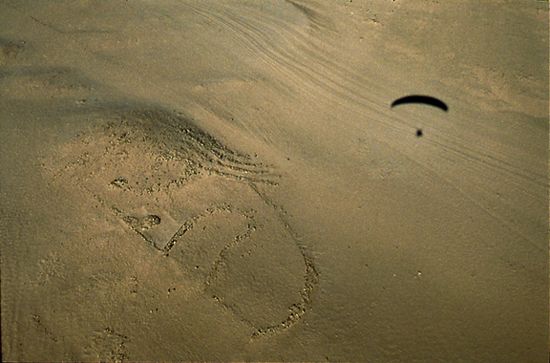 Caral, South America |
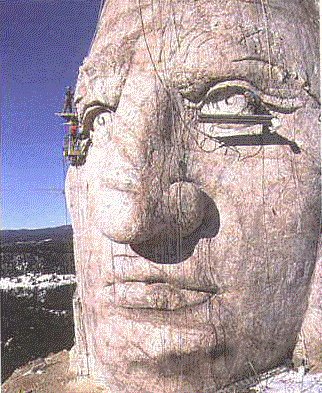 Crazy Horse Memorial |
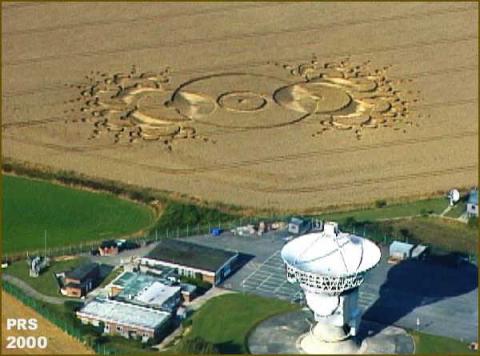 The Crop Circle Phenomenon |
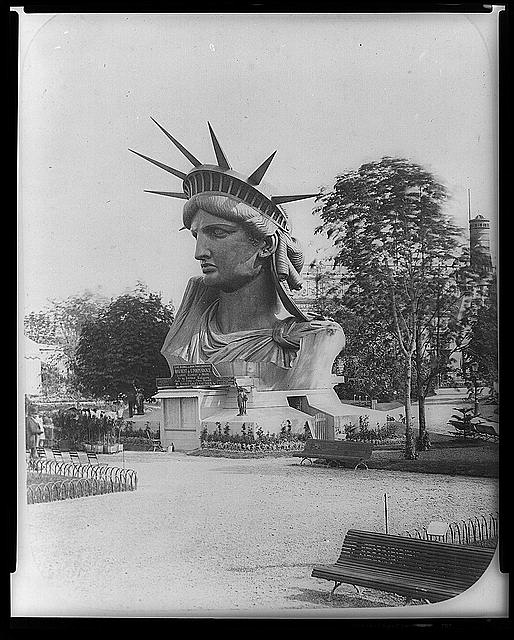 Liberty |
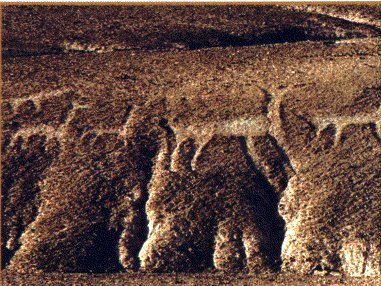 Atacama Geoglyphs |
 Mount Rushmore |
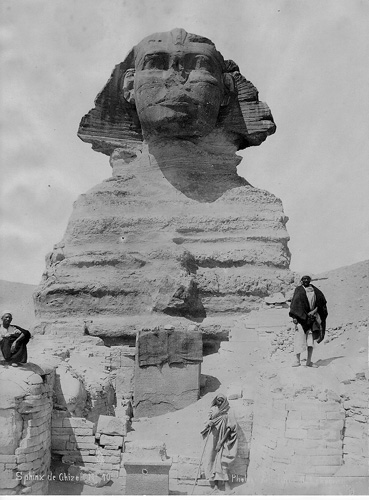
 Home
Home
 Links
Links
 About Us
About Us
